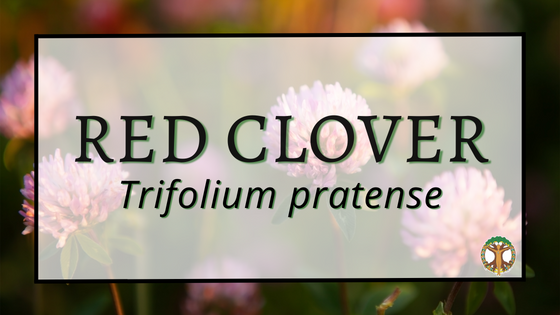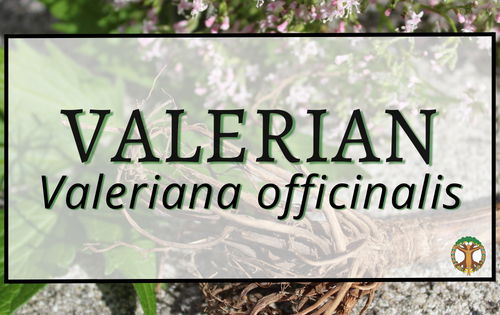
Red Clover
Contributor: Kelsy Provost, Current Community Herbalist Program Student
Latin Name: Trifolium pratense
Common Names: Red clover • Cow clover • Meadow clover • Wild clover • Peavine clover • Honeysuckle trefoil • King’s crown • Sweet kitty clover • Sleeping Maggie • Bee-bread
Family: Fabaceae
Description: This perennial herb grows to 16 in. high. It has hairy upright stems, leaves with 3 (sometimes 4) oval leaflets with a white crescent marking, and pink or purple egg-shaped flowerheads.
Habitat: Native to Europe, E. Mediterranean, and Asia • Naturalized in North America, Great Britain, Australia, and many other parts of the world • Widely cultivated for hay and as a nitrogen-fixing crop.
Parts Used: Flowerheads
Actions/Uses: Alterative, nutritive, antispasmodic, expectorant
Used to treat skin conditions, it is often combined with other purifying herbs like burdock (Arctium lappa) and yellow dock (Rumex crispus). T. pratense can be used as an expectorant for spasmodic coughs. Phytoestrogen activity may support menopausal relief and help regulate hormones. May increase calcium storage, bone density, cardiovascular health, and prevent tumor growth. And, it can help support healthy kidney function and improve the quality of your blood.
History/Tradition: T. pratense has long been praised as an excellent foraging crop cultivated by farmers and praised for its ability to rejuvenate soil. 19th-century medical literature praised this herb and its many uses, and it’s been used in many cultures around the world for some of the following:
- Support healing from breast cancer—concentrated decoctions were applied to the site of tumors to encourage them to grow outwards and away from the body.
- The Chinese use T. pratense for coughs, specifically as an expectorant.
- The Russians used it to aid with asthma.
- Europeans used this herb for digestive ailments and liver support.
- Indigenous Americans used this herb to remedy sore eyes, burns, menopause, fever, and for food.
- The ancient Celtic Druids used clovers as a symbol of earth, sea, and the heavens.
- Early Christians used red clover as a symbol of the trinity.
Energetics: Sweet • Salty • Cool
Systems: Heart • Liver • Lungs
Cautions: Avoid use during pregnancy or if you have a hormone sensitivity.
⚠️ Don’t use in conjunction with blood thinning medication as it may increase bleeding and slow blood clotting. Stop use two weeks prior to any surgery. Don’t use if you have a coagulation disorder or Protein S deficiency.
Constituents: Contains a volatile oil including benzyl alcohol, methyl salicylate, coumarins, isoflavones, and cyanogenic glycosides. The isoflavones have an established phytoestrogenic activity as well.
See the Video Plant Profile with Emily Ruff on YouTube
Disclaimer: This content is intended for educational purposes only. Please consult your healthcare provider before making changes based on the material.
References:
Encyclopedia of Herbal Medicine, by Andrew Chevallier, FNIMH (p. 277)
Desk Reference to Nature’s Medicine, by Steven Foster & Rebecca L. Johnson (p. 304-305)
https://theherbalacademy.com/red-clover-tea/
https://commonwealthherbs.com/red-clover-herb-of-the-week/
https://www.nccih.nih.gov/health/red-clover
https://www.herbalgram.org/resources/healthy-ingredients/red-clover/






